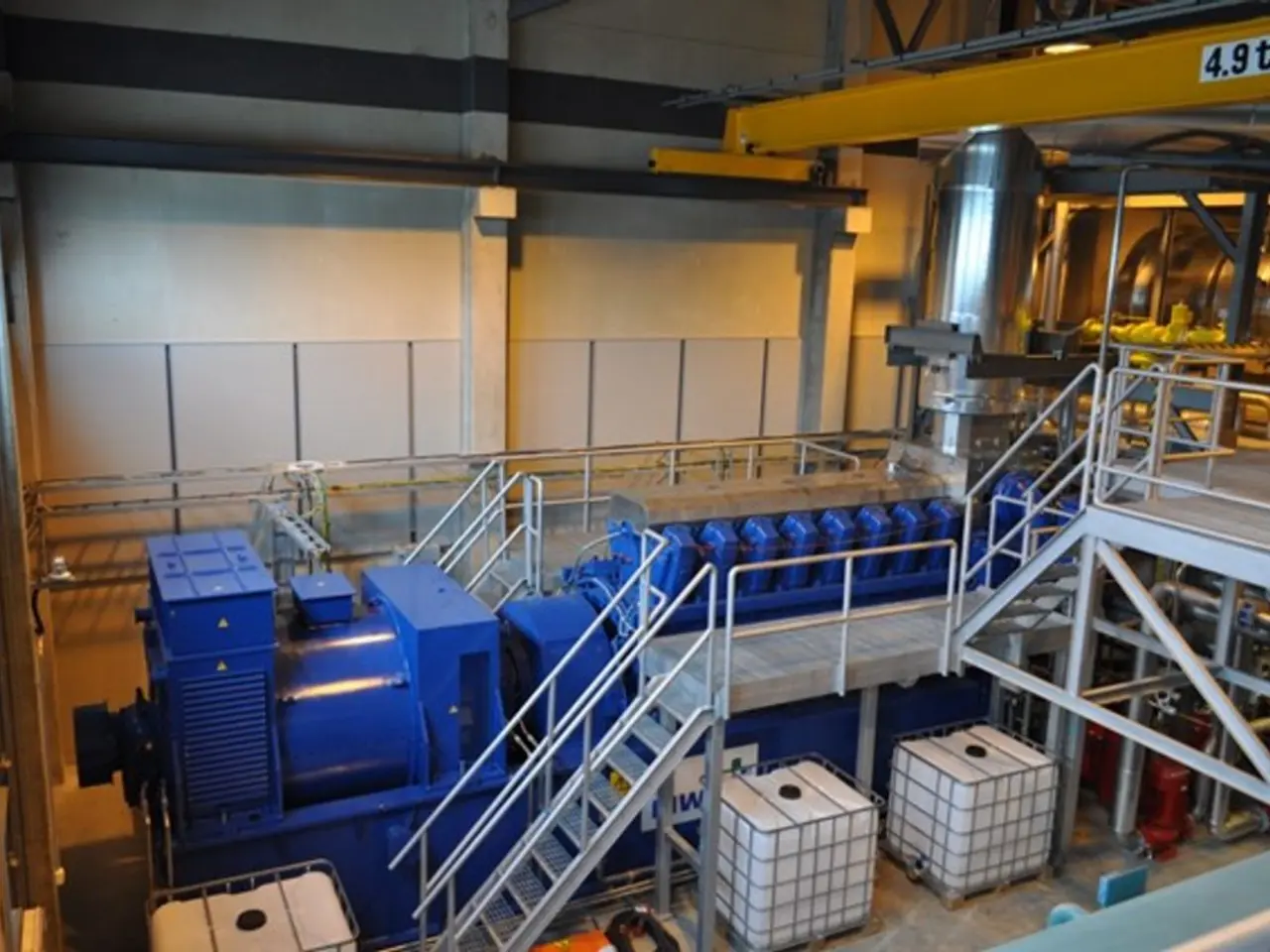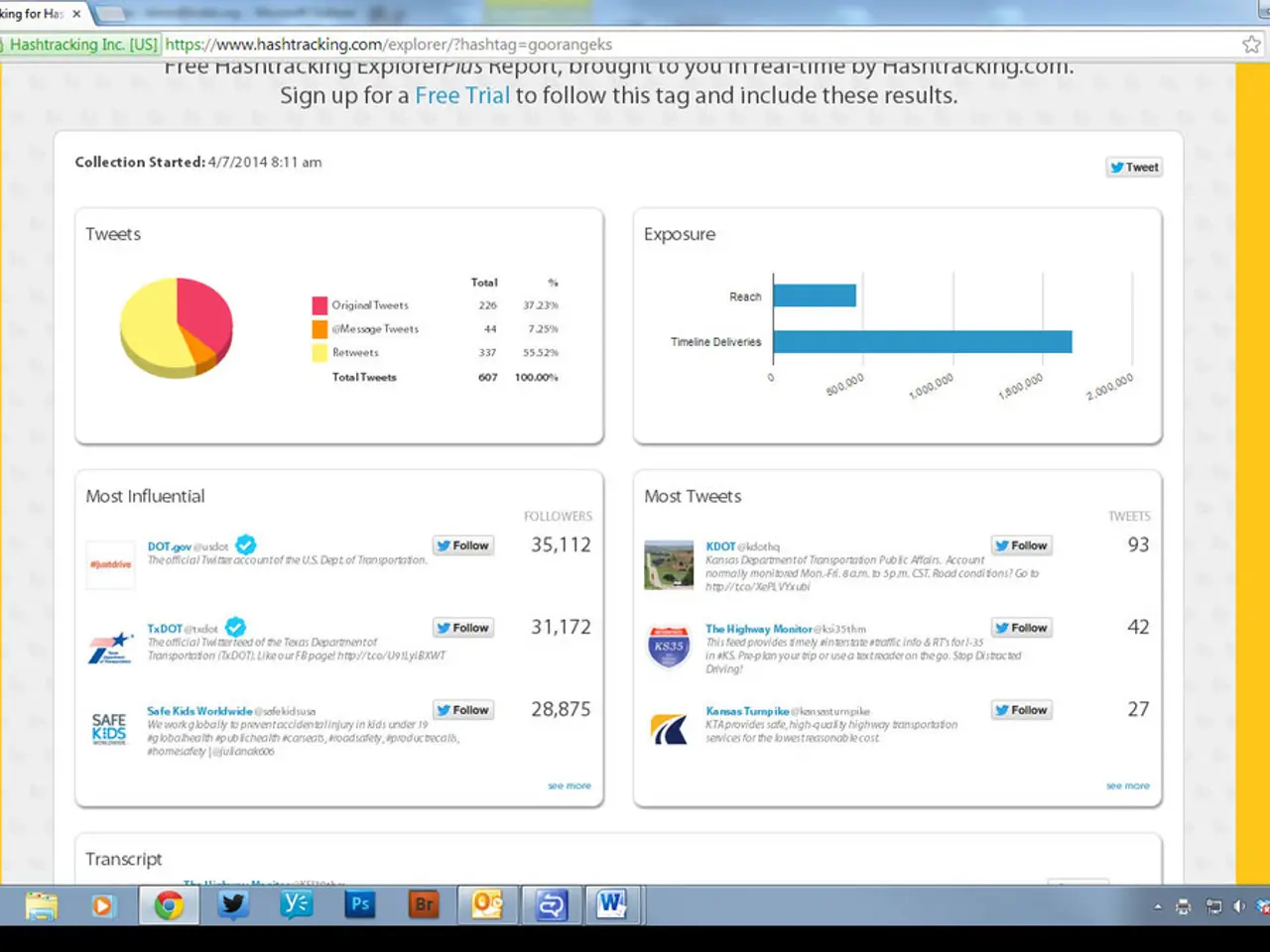Latest Updates in Supply Chain and Logistics Sector from July 7th to 10th, 2025
In a bid to reduce emissions and traffic congestion in cities, Honda has launched a new business unit called Fastport. This innovative service uses electric quadricycles for urban cargo delivery, marking a significant step towards a greener future.
Meanwhile, in the realm of trade, the U.S. has announced a 50% tariff on copper imports, set to take effect on August 1, 2025. This decision, part of a broader strategy involving reciprocal tariffs on multiple countries, has far-reaching implications.
## Economic and Trade Implications
The copper tariff is expected to lead to cost-push inflation, as the increased cost of imported copper could pass on to manufacturers and consumers. Supply chain disruptions could also occur, particularly for industries heavily reliant on copper, such as electronics and construction. This disruption might result in delays or shortages in the production of goods.
Some copper shipments originally bound for the U.S. are being diverted to other markets like China ahead of the tariff implementation, indicating a shift in global trade patterns.
## Industry-Specific Impacts
The electronics and construction industries are likely to be significantly affected by the higher tariffs, potentially leading to increased production costs and higher consumer prices for products like electronic devices and new homes. The renewable energy and electric vehicle sectors, which also rely on copper, could face increased costs, potentially slowing their development.
## Global Market Responses
The anticipation of the tariff has already triggered a surge in copper imports to the U.S. and a rise in copper prices globally. Once the tariffs take effect, sellers may no longer be able to command premium prices, leading to market adjustments and potentially influencing global copper prices.
## Diplomatic and Trade Policy Implications
The imposition of tariffs could strain U.S. trade relations with major copper-exporting countries like Chile and Canada, potentially leading to retaliatory measures. The U.S. is also using tariff threats to pressure other countries to agree on trade deals, which could lead to further diplomatic tensions if agreements are not reached by the Aug. 1 deadline.
Elsewhere, Infosys and S&S Activewear were awarded the "Top Supply Chain Project Winner" for their collaboration on warehouse automation and robotics. The transformation of S&S Activewear's warehouse, using Autonomous Mobile Robots (AMRs), has resulted in a 200 picks per hour without additional headcount, a 75% drop in employee turnover, and a 275% increase in accuracy.
Mark Morgan, an executive at Kinaxis, discussed the importance of Supply Orchestration to mitigate the impacts of tariffs. By leveraging AI-powered orchestration, decision-makers can shift from reactive to proactive management, protecting margins and maintaining agility.
Fastport's vehicles, produced in Ohio, are designed for bike lanes, feature swappable batteries, proximity sensors, and other safety features. Honda is targeting parcel and food delivery markets in North America and Europe with Fastport.
In conclusion, while the copper tariff represents a strategic move by the U.S. aimed at protecting national interests, it comes with significant economic and trade implications both domestically and internationally. Meanwhile, advancements in supply chain technology, such as those demonstrated by Infosys and S&S Activewear, offer promising solutions for navigating the challenges posed by disruptions like tariffs.
- The increase in tariffs on imported copper could have a ripple effect on industries relying on copper, particularly in terms of increased production costs for electronic devices and electric vehicles.
- Warehouse automation and robotics, as demonstrated by the collaboration between Infosys and S&S Activewear, show potential for improving efficiency and accuracy in supply chain management, helping businesses to navigate challenges such as tariffs.
- Honda's Fastport service, which uses electric quadricycles for urban cargo delivery, is a significant step towards a greener future in logistics, offering a sustainable alternative in transportation.
- The U.S.'s implementation of tariffs on copper imports might strain trade relations with countries like Chile and Canada, potentially leading to retaliatory measures and diplomatic tensions, and could also influence global market prices for copper once the tariffs take effect.




